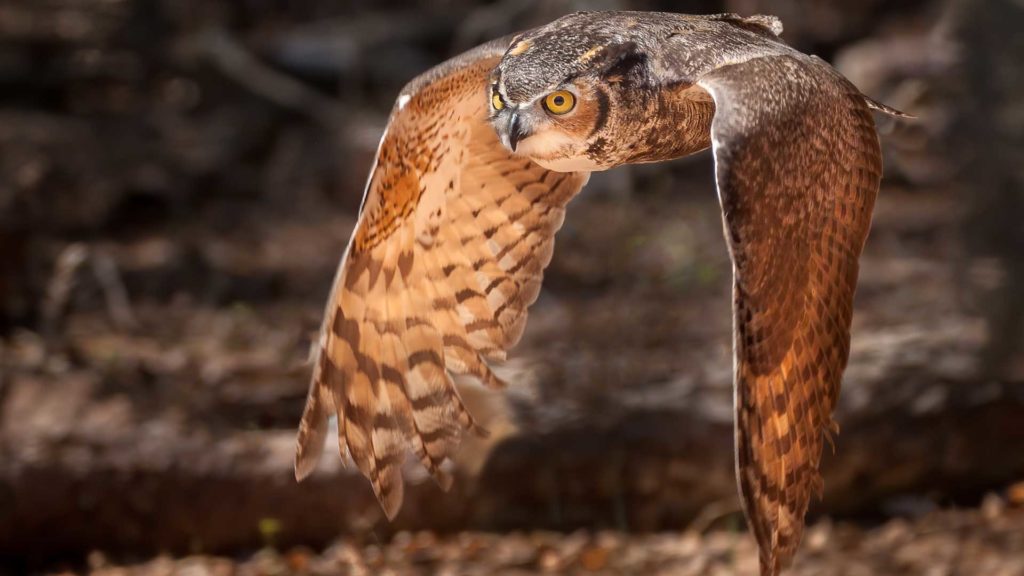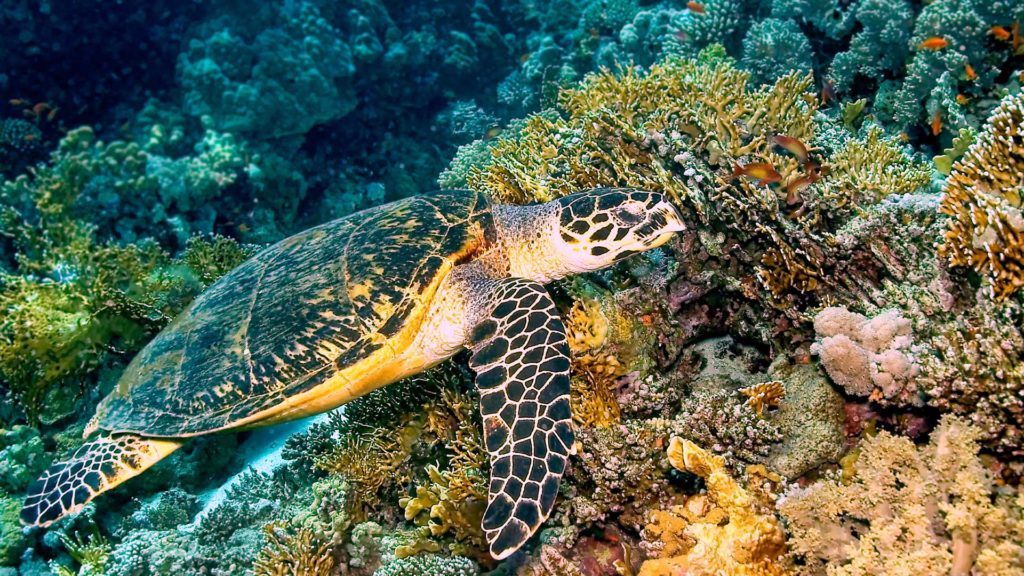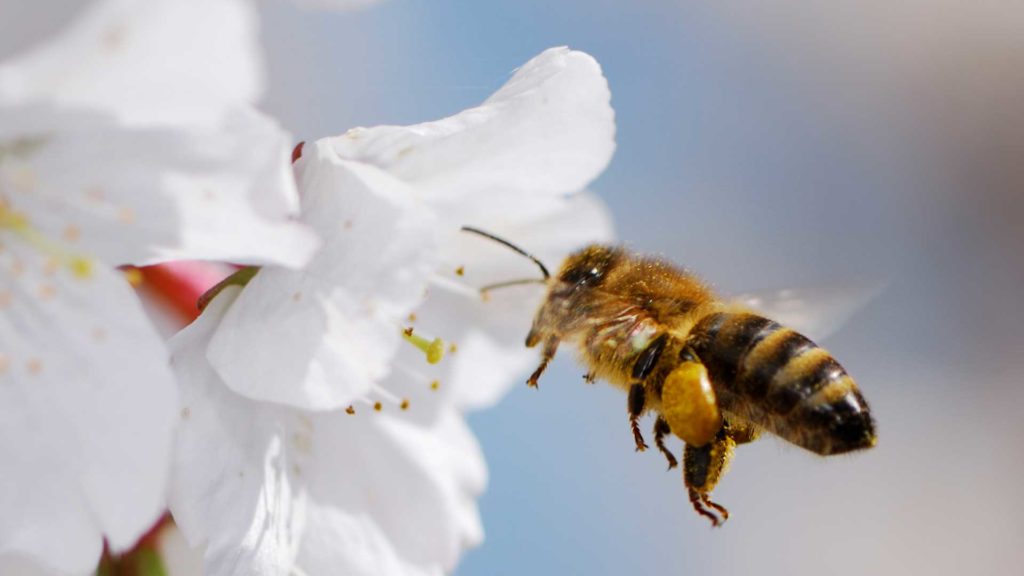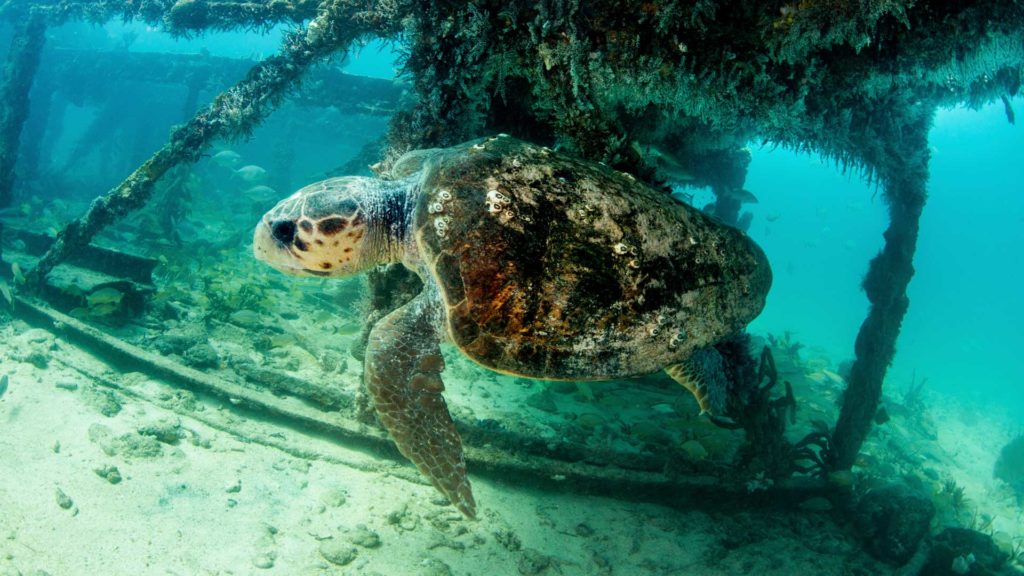Many have compared the topography of South America to a bowl because the inner part of the continent is relatively flat and most of the perimeter is lined with mountain ranges including the Andes Mountains, the longest mountain range in the world. Most of the continent is tropical, but a wide range of climates can be found in South America, which is why it’s so biodiverse. South America is home to the Amazon River, and while it isn’t the longest river in the world it does carry the most water. In fact, The Amazon River has more water than the other 10 largest rivers combined.
Great Horned Owl
Great horned owls are named for the horned shaped tufts of feathers, which are called plumicorns, on top of their heads. No one knows the exact reason for these feathers but scientists have a few ideas of what they could be for. It's possible that they’re used as...
Great White Shark
Great white sharks rely on stealth when they hunt. When they choose a target to be their prey they position themselves underneath it so they can swim straight up and burst out of the water to catch it. Great white sharks have an excellent sense of smell and can...
Green Sea Turtle
Green sea turtles spend most of their time underwater and can spend up to 5 hours before coming up for air when they’re resting. They have long migrations from their feeding to nesting sites and have been recorded to travel over 1,615 miles (2,600km). When females...
Hairy Frogfish
Hairy frogfish get their names from the hair-like spines that cover their whole body. These spines, along with their ability to change color, help hairy frogfish blend in with their surroundings. Hairy frogfish don’t swim. Instead, they use their fins to walk...
Hammerhead Shark
Hammerhead sharks’ heads are very useful for hunting, especially for their favorite food, stingrays. The location of their eyes on the sides of their head allows them to scan their surroundings quickly and they can use their flat wide heads to pin their prey down...
Leatherback Sea Turtle
Leatherback sea turtles are the largest turtles on the planet. They get their names because unlike other sea turtles whose shells are hard, the leatherback sea turtle’s shell feels leathery and rubbery. Leatherback sea turtles lay their eggs in the sand and as soon...
Loggerhead Sea Turtle
Loggerhead sea turtles get their names because of their oversized heads which some say resemble tree logs. Loggerhead’s have a much longer migration route between their breeding nests and feeding grounds. Female sea turtles travel over 7,457 miles (12,000km) to...
Animal Types

Amphibians

Birds

Fish

Invertebrates

Mammals











